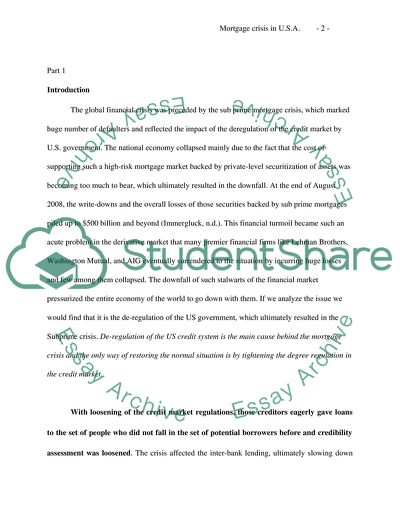Cite this document
(Mortgage Crisis in the USA Report Example | Topics and Well Written Essays - 1750 words, n.d.)
Mortgage Crisis in the USA Report Example | Topics and Well Written Essays - 1750 words. https://studentshare.org/finance-accounting/1557567-mortgage-crisis
Mortgage Crisis in the USA Report Example | Topics and Well Written Essays - 1750 words. https://studentshare.org/finance-accounting/1557567-mortgage-crisis
(Mortgage Crisis in the USA Report Example | Topics and Well Written Essays - 1750 Words)
Mortgage Crisis in the USA Report Example | Topics and Well Written Essays - 1750 Words. https://studentshare.org/finance-accounting/1557567-mortgage-crisis.
Mortgage Crisis in the USA Report Example | Topics and Well Written Essays - 1750 Words. https://studentshare.org/finance-accounting/1557567-mortgage-crisis.
“Mortgage Crisis in the USA Report Example | Topics and Well Written Essays - 1750 Words”. https://studentshare.org/finance-accounting/1557567-mortgage-crisis.


